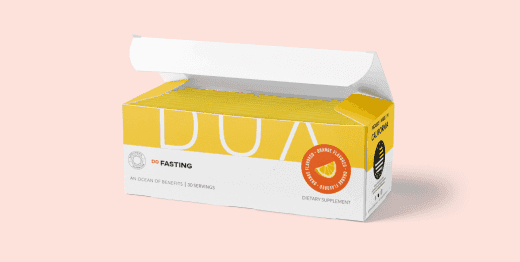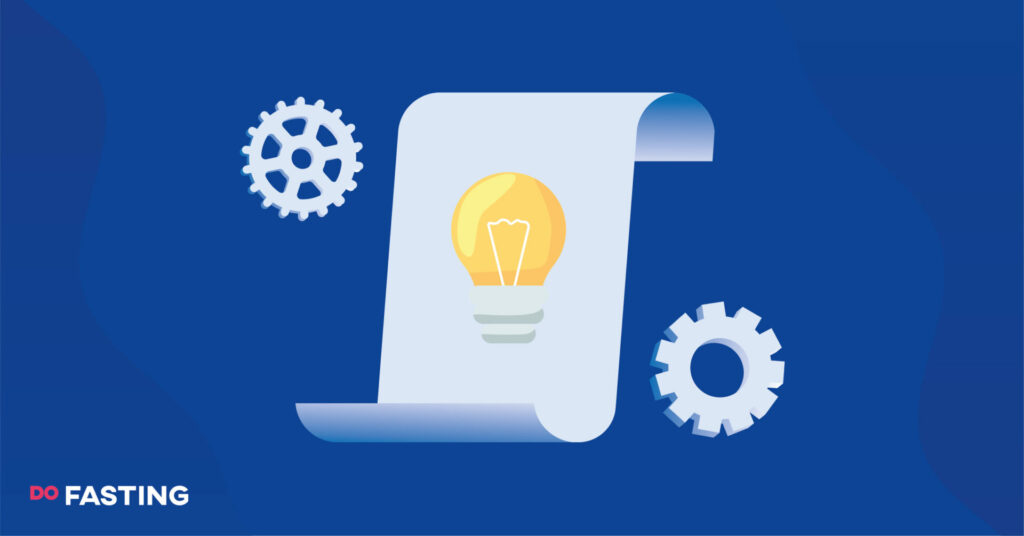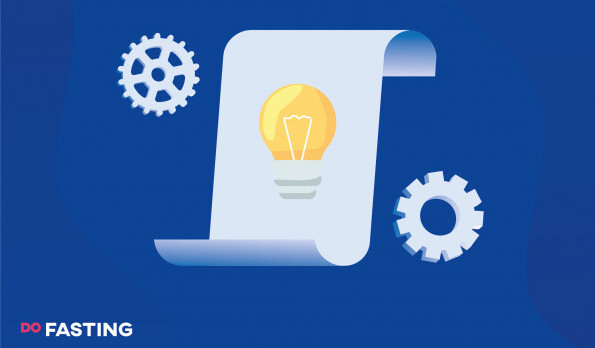Contents
What Is a Low-Sodium Diet?
Sodium is a dietary mineral present in many foods. Although the human body requires this nutrient to work properly, small amounts will suffice. It transmits nerve pulses, contracts and relaxes the muscles, and helps balance water and minerals.
Sometimes, people need to restrict their sodium intake. Sodium restriction is a strategy recommended to manage high blood pressure and kidney disease and to help control heart failure symptoms.
A low-sodium diet provides a practical method to restrict your sodium intake. It is not about food restrictions or weight loss. It is a critical plan to manage and prevent the above health problems.
The Dietary Guidelines for Americans recommend consuming no more than 2,300 mg of sodium daily. Almost 90% of Americans consume too much, with an average daily intake of more than 3,400 mg of sodium.
Although most sodium consumption in humans comes from salt, it is important to note that salt and sodium are not the same.
Sodium chloride is the chemical name for salt—a crystal-like compound naturally abundant in nature, occurring in seawater and rock formations. Sodium is, however, one of the chemical elements within sodium chloride. It is a dietary mineral naturally present in many foods.
Take a
1-minute quiz
and discover how much weight you can lose with DoFasting!
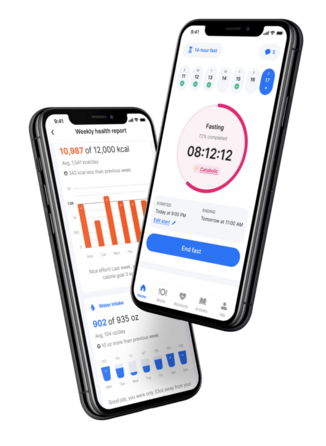
Benefits of a Low Sodium Diet
Implementing a low-sodium diet has numerous benefits for overall health. Even without a doctor’s recommendation, limiting your intake has its advantages, especially for your health in the future, as it can prevent the development of illnesses.
Here are 3 reasons to be more mindful about how much sodium you eat daily.
May improve diet quality
A low-sodium diet can improve overall diet quality as it naturally eliminates many unhealthy foods.
Most packaged and processed foods have an abundance of added salt that your body doesn’t need. While these convenience foods don’t always taste salty, they usually contain a lot of hidden sodium that many people don’t realize.
These foods contain high amounts of sodium, and most are loaded with unhealthy fats and calories. A poor diet can lead to multiple health problems, including obesity, type 2 diabetes, and heart disease.
As you restrict these items, you’re more likely to opt for nutritious whole foods that provide optimal health benefits.
May lower blood pressure
There is a good reason why doctors recommend a low-sodium diet to people with high blood pressure—it helps lower it. A high-sodium diet is a widely recognized risk factor for hypertension due to water retention.
When your blood pressure is too high, it strains your arteries, leading to damage as they begin to narrow. If left untreated, persistent high blood pressure can heighten your risk of heart attack, heart disease, and stroke.
A reduction in dietary sodium lowers blood pressure, and prolonged reduction prompts a significant fall in hypertensive and non-hypertensive individuals. In decreasing blood pressure, the risk of cardiovascular disease also decreases.
May help reduce cancer risk
Although no diet can eliminate cancer risk, it may play a role in contributing to and reducing the possibility. As a result, there is growing research into how dietary choices may help modulate cancer risk, particularly with gastric cancers.
Several studies have linked a higher salt intake to an increased risk of gastric cancer. Additionally, further research has reviewed the association between diet and nutrition in upper gastrointestinal cancer. And here’s even more: according to the World Cancer Research Fund, cutting salt down could significantly reduce stomach cancer risk.
To sum up, high-salt diets may increase cancer risk, while low-sodium diets may reduce it.
How Is It Useful for People With Certain Health Conditions?
A low-sodium diet is beneficial for people with specific health problems. It can help manage symptoms and prevent conditions from worsening.
Here are 4 health conditions that require a reduction in sodium intake.
Kidney disease
Extra sodium and fluid can build up in the body when your kidneys don’t work as they should. Therefore, the adverse effects of sodium intake are amplified in people with chronic kidney disease. According to the National Kidney Foundation, this can cause elevated blood pressure, shortness of breath, and fluid build-up around the heart and lungs.
For this reason, limiting sodium is critical for people with kidney disease. Decreasing your intake will help prevent these unpleasant symptoms from occurring.
High blood pressure
Just like we discussed before, excessive sodium consumption triggers a significant rise in blood pressure, leading to hypertension and elevated risk of heart complications. A low-sodium diet can help by bringing blood pressure back to healthy levels, reducing systolic and diastolic BP.
Heart disease
High sodium consumption can contribute to heart disease, but it can also be dangerous for people with it. A low-sodium diet can help control symptoms and prevent other heart problems. In heart failure, it can reduce fluid retention so that the heart doesn’t have to overwork.
Liver disease
The liver plays a vital role in regulating fluid and sodium balance. With liver disease, the liver is unable to control levels as usual. This can cause fluid build-up in the abdomen.
Again, a low-sodium diet is important in reducing fluid retention in people with liver disease.
High-Sodium Foods To Avoid
If you’re beginning a low-sodium diet, it doesn’t mean you should abstain from adding salt to your meals altogether. The first step is to learn which foods to avoid to manage your sodium levels. Not all sodium intake comes from the salt shaker. Many food manufacturers add salt to products.
Let’s look at the high-salt food groups to restrict or remove from your eating plan.
- Fast and processed foods: Fries, burgers, fried chicken, pizza, processed meats
- Processed meats: Bacon, cold cuts, corned beef, ham, hot dogs, sausage, and spare ribs
- Salty soups: Most canned soups
- Salty snacks: Salted crackers, salted nuts, salted pretzels
- Cheese and dairy: Halloumi, feta, blue cheese, cottage cheese, salted butter, buttermilk
- Pickled foods: Pickled beets, onions, cucumbers, radishes, dill pickle, sauerkraut
- Salted meat and fish: Salt beef, salt pork, chorizo, ham hock, jerky, salami, anchovies, salt cod, canned sardines
- High-salt sauces: Fish sauce, soy sauce, ketchup, high-sodium salad dressings
- Condiments: Table salt, garlic salt, onion salt
- Frozen meals: Frozen dinners like pasta dishes, frozen pizza, frozen curry dishes
- Canned foods: Regular canned vegetables, canned beans with added salt
Take a
1-minute quiz
and discover how much weight you can lose with DoFasting!

Low-Sodium Foods To Enjoy
Now you know which foods are off-limits, you can start enjoying your new diet with lower sodium foods.
- Fresh and frozen vegetables: Most fresh or frozen vegetables (including broccoli, cauliflower, carrots, peas, etc.) and canned vegetables without added salt
- Fresh fruits: Apples, bananas, pears
- Fresh or frozen meat: Fresh or frozen beef, lamb, pork, poultry
- Fresh or frozen fish: Cod, salmon, tuna, etc.
- Eggs and egg substitutes
- Healthy fats: Olive oil, unsalted butter, low-sodium cheeses, cream cheese
- Low-sodium snacks: Unsalted popcorn, unsalted chips, low-sodium peanut butter, low-sodium cheese
- Low-sodium soups: Canned or homemade soups
- Low-sodium juices: Low-sodium tomato juice, low-sodium vegetable juice, lemon juice
- Low-sodium sauces: Vinegar, homemade mayonnaise, low-sodium salad dressing
General Guidelines for Reducing Sodium
As you adapt to eating lower-sodium foods, there are several ways to maintain flavor in your cooking. To help further limit the amount of sodium you eat daily, try the following tips:
- Experiment with spices
- Make your own low-sodium marinades and salad dressings using items such as olive oil, vinegar, and honey
- Cook with fresh herbs rather than with salts
- Use salt substitutes such as black pepper, onion powder, garlic, and lemon juice
- Focus on fresh foods with delicious natural flavors
- Flavor soups and other recipes with garlic, ginger, and other spices
- Add lemon zest and juice to fresh vegetables
Prepare more meals at home
When you eat out at restaurants and cafes, you lose control over the sodium content of your meals. While you can opt for the dishes likely to have less sodium, there is no telling just how much the chef has added during the cooking process.
When you prepare meals at home, you know exactly how much salt you use. You can take control of your eating habits to ensure you don’t raise your sodium levels.
Top tips for practicing home cooking and avoiding eating out include:
- Planning your meals in advance
- Starting a meal plan that you can stick with
- Grocery shopping for the week
- Meal prepping
- Creating low-sodium variations of your favorite meals
Read food labels
Reading food labels is critical when following a low-sodium diet.
Multiple brands add unnecessary salt to food products. Even those items that look and sound like a healthy choice can be loaded with salt. This is particularly true of frozen dinners, microwavable meals, and packaged foods.
The only way to know the sodium content is to check the nutrition facts label. Here you can find everything you need to know about sodium and other nutrients. You can also look out for sodium-related terms printed on food packaging.
Here are common words you can expect to find and their meanings, according to the U.S. Food and Drug Administration (FDA):
- Sodium-free or salt-free: Less than 5 mg of sodium per serving
- Very low sodium: 35 mg or less of sodium per serving
- Low sodium: 140 mg or less of sodium per serving
- Light in sodium or lightly salted: At least 50% less sodium than the original food product
- No salt added or unsalted: No salt is added during the manufacturing process, but it may still contain salt or sodium
Sodium can come under several names. Aside from searching the packet for sodium alone, look out for monosodium glutamate (MSG), sodium citrate, alginate, and phosphate.
Is It Possible To Have Too Little Sodium?
Hyponatremia is a condition that occurs when sodium levels in the blood are abnormally low. As sodium is an essential electrolyte, low levels cause symptoms including headaches, confusion, nausea and vomiting, fatigue, and muscle cramps.
In acute hyponatremia, sodium levels rapidly drop. This can lead to brain swelling, coma, and even death. While sodium restriction is often recommended for people with heart failure, conflicting evidence suggests a limitation may be detrimental to patients with chronic heart failure.
Research into this area, however, is limited. Therefore, we cannot conclude the harmful effects of not getting enough sodium. If you are unsure about the amount of sodium you need, talk to your doctor or nutritionist for advice.
Can You Fast Intermittently on a Low-Sodium Diet?
If you are following a low-sodium diet to manage high blood pressure, intermittent fasting can help decrease your blood pressure and improve cardiovascular health. However, if you want to try intermittent fasting while following a low-sodium diet, speak to your doctor for advice first to assess potential problems.
For instance, the body loses sodium and other electrolytes during a fast, which most people replenish in the eating window. With a low-sodium diet, it may be difficult to maintain adequate levels. That said, if you drink enough water and fast for shorter periods, the sodium reduction shouldn’t cause problems.
The DoFasting Guide provides more guidance on intermittent fasting. Here you can find the fasting method to suit you and your low-sodium diet. Should you decide to go ahead with IF, the DoFasting app has everything you need to start and maintain your new eating pattern.
Take a
1-minute quiz
and discover how much weight you can lose with DoFasting!

Conclusion
A low-sodium diet can be a positive and sometimes necessary action for some people. Based on scientific evidence, low-sodium diets effectively lower high blood pressure, thereby preventing more serious health complications.
It also provides a good strategy for cutting down on packaged and processed foods loaded with salt, sugar, and trans fats. You can concentrate on whole foods like fruits and vegetables naturally low in sodium. But before beginning a low-sodium diet, talk to your doctor to check if this is the right move for you.
See how DoFasting will improve your life
Find out what works for you with this 60-sec quiz approved by our experts and get your personal revolutionary fasting assistant.
Start the Quiz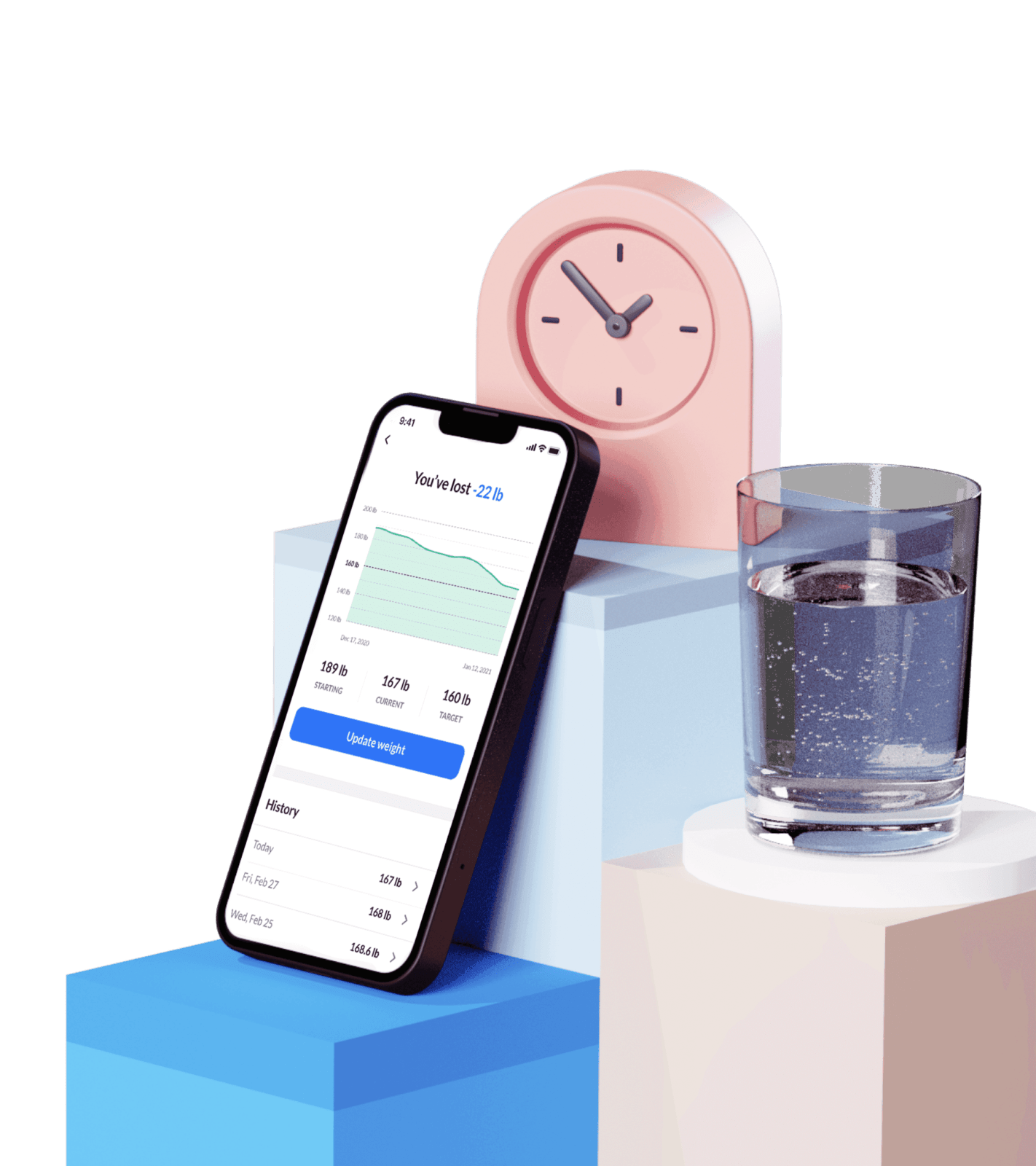
This is an evidence-based article that includes scientific citations. DoFasting’s professional writers and editors prepared the content, which a team of medical experts verified to be accurate.


